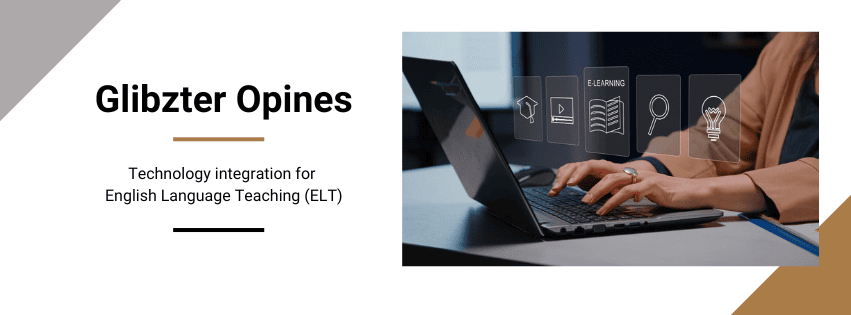This microblog explores how integrating tech interventions into the pedagogy along with addressing psycholinguistic needs of students will result in positive outcomes for ELT practitioners in India.

I came across a research paper examining the reasons behind the ineffectiveness of the existing English language curriculum and delivery in achieving desired learning outcomes among students the states of Maharashtra and Uttar Pradesh in India. Limited technology integration (be it in-class by teachers or adoption at student level through mobile apps) and inadequate exposure to the English language were observed as key reasons for the failure of ELT among non-native English learners.
The overuse of grammar-translation method (GTM) and lecture based teaching combined with the lack of audio visual components in the curriculum add to the linguistic challenges.
The study revealed that the lack of competent English teachers can be mitigated by using Open Educational Resources (OERs), modern technology like the internet and mass media.
Information and Communication Technology (ICT) for ELT

The research paper goes to highlight the propensity of non-native ELT stakeholders to adopt and integrate pro-English building ICT tools for effective English language instruction. With the use of Open Educational Resources like YouTube with subject specific channels; encouraging the usage of devices such as laptops, tablets and mobile devices, online dictionaries and English learning apps; there will be a shift initiated towards a more functional approach to language.
Creative engagement for better learning outcomes

The research has recommended incorporating multimedia resources such as films, music and podcasts can expose students to diverse accents, dialects, and cultural contexts.
To impart practical language use and real-life communication skills for non-native English learners, other creative forms of pedagogy like storytelling, drama and role-playing would prove effective and engage the students in equal measure.
Addressing Psycholinguistic challenges
Anglophobia (a strong aversion to all things associated with English) and glossophobia (fear of public speaking) were seen as the top psycholinguistic factors hampering learning outcomes among students in these states. Lack of motivation to study the language were seen as among other negative mindsets seen among non-native learners.
The research recommends teachers playing the role of facilitators and personality development coaches in order to enable students to motivate and build their confidence and passion for communicating in the language.
Glibzter's Take
The research paper published validates our business and product offering Glibzter Immersive - English Vocabulary Builder in the following ways by recommending:
- The creative usage of YouTube and multimedia resources such as movies, music and podcasts for effective teaching and learning of English. We at Glibzter see subtitles / closed captions as an effective resource for learning new English words and phrases.
- The integration of modern technology into the English classroom for enhanced exposure to the language.
- English teachers to don the role of personality development coaches, linking the usage of the language to enhanced self-image and a better quality of life.
- Practice on practical real-life usage rather than rote learning
- Ensure English practice opportunities (in a safe no-judgement environment) to address glossophobia.
- Integrating creative activities such as storytelling and role play
- A solution that gives equal weightage in assessing the learners on all the four LSRW skills (Listening Speaking, Reading and Writing).
- Creating localized content reflecting the local culture and ethos thereby making the learning more relatable.


